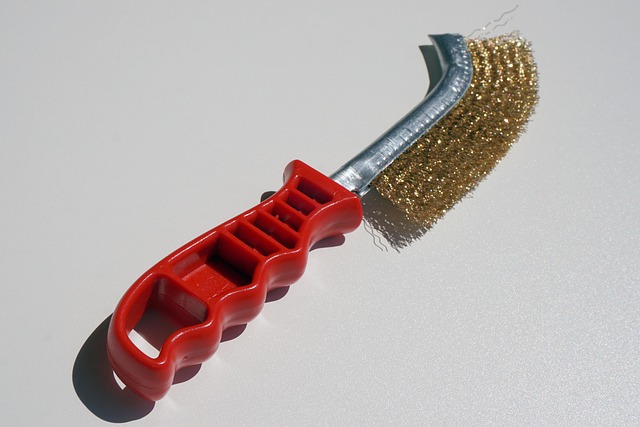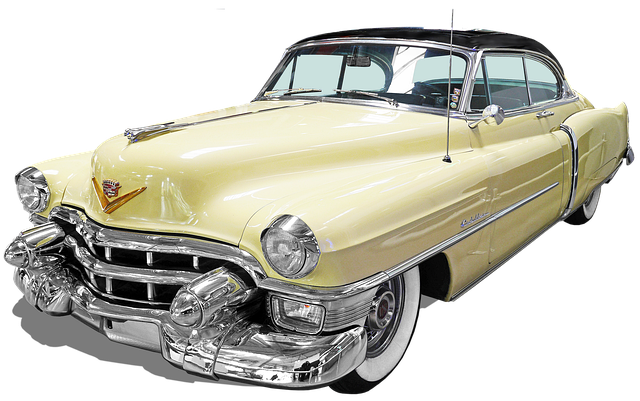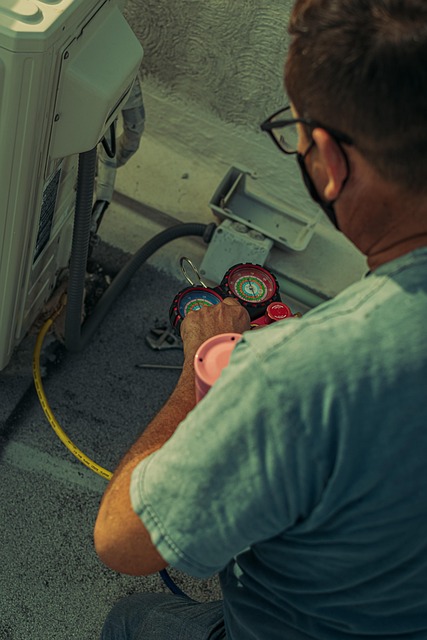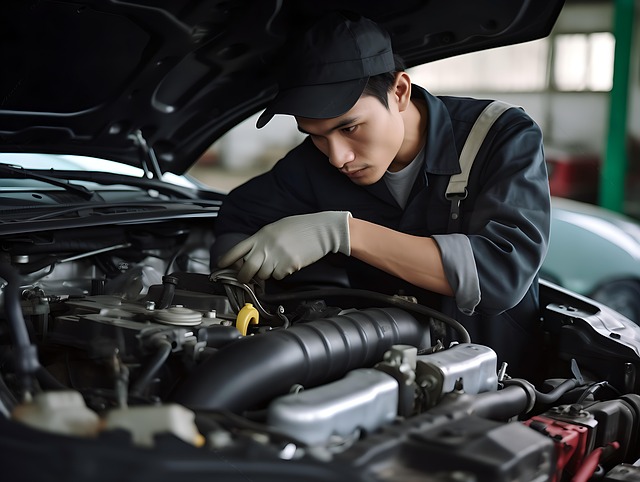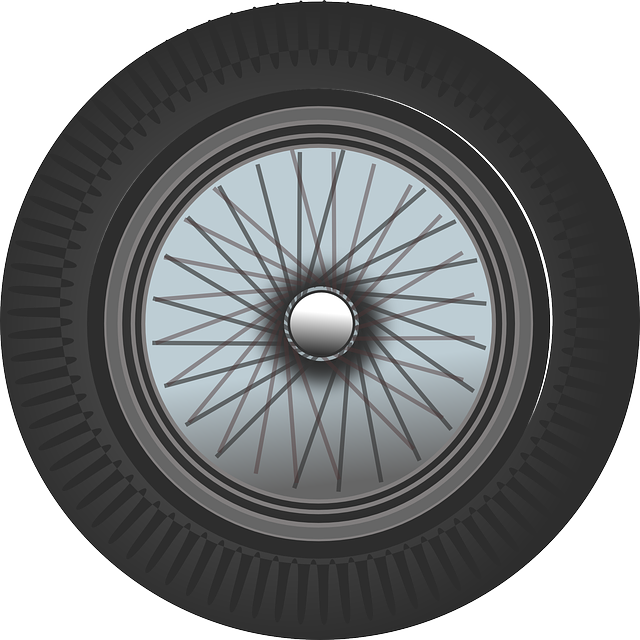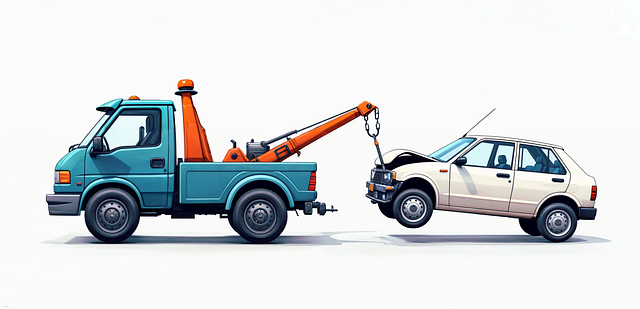Post-repair inspections, especially for door handle repair replacement, are vital in vehicle maintenance. Mechanics ensure new handles are properly installed after collisions or routine service, addressing a critical safety and security component. This process involves removing faulty handles, installing replacements with precision, testing operation, and conducting thorough inspections to maintain both safety features and aesthetic appeal, aligning with environmental best practices.
In the realm of property maintenance, ensuring seamless functionality and safety of doors is paramount. Among the critical components is the door handle, which requires regular attention through repair or replacement. This article delves into the essential role of door handle repair replacement in post-repair inspections, outlining its significance, providing a step-by-step guide to effective handling, and sharing best practices for ensuring safety and customer satisfaction. Understanding these aspects enhances the quality and reliability of post-repair services.
- Understanding the Significance of Door Handle Repair Replacement in Post-Repair Inspections
- The Step-by-Step Process of Effectively Replacing a Door Handle
- Ensuring Safety and Satisfaction: Best Practices for Post-Repair Inspection of Door Handle Replacements
Understanding the Significance of Door Handle Repair Replacement in Post-Repair Inspections
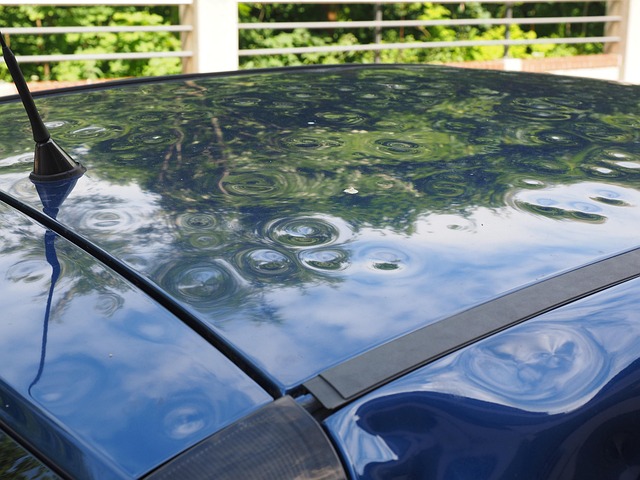
In the realm of vehicle maintenance, post-repair inspections are non-negotiable for ensuring safety and optimal performance. One often overlooked yet crucial aspect during these inspections is the door handle repair replacement. A simple yet vital component, the door handle, plays a significant role in emergency exits and overall vehicle security. When repairing or replacing doors after a collision or routine maintenance, auto repair services must prioritize proper installation of new handles to maintain functionality and prevent future issues.
A seamless door handle operation not only enhances the driver’s experience but also contributes to the vehicle’s overall safety features. During inspections, mechanics should scrutinize these replacements, ensuring they align with the highest standards. Given that a vehicle collision repair can significantly impact the integrity of door handles, regular checks post-repair are essential. Moreover, auto detailing experts often emphasize the aesthetic appeal of well-maintained handles, adding to the overall presentation of a vehicle.
The Step-by-Step Process of Effectively Replacing a Door Handle
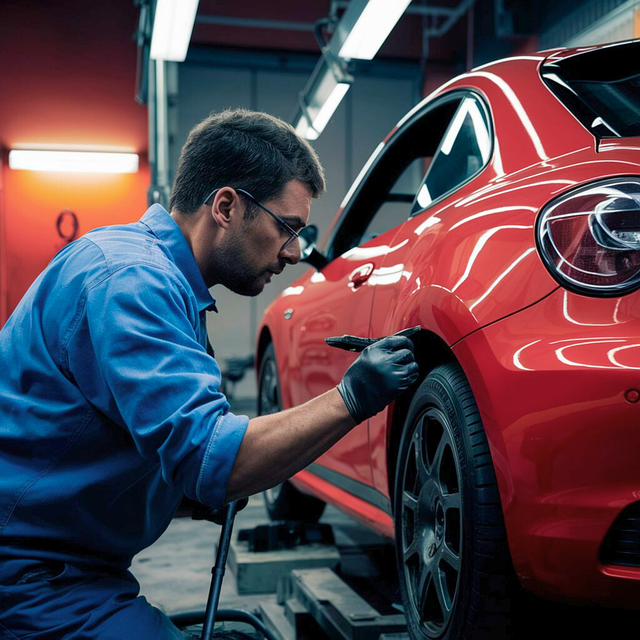
Replacing a door handle is a straightforward yet crucial step in post-repair inspections for both vehicle body shops and automotive collision repairs. The process begins with identifying the faulty handle, often through visual inspection or by testing its functionality. Once located, remove the old handle by unscrewing any visible fasteners or releasing latches securely holding it in place. This requires a good pair of tools, including a screwdriver or a set of pliers, depending on the vehicle model and door handle design.
After the old handle is removed, clean the area to ensure no debris remains. This step is essential for proper adhesion during the installation of the new handle. Place the new door handle in its designated spot, aligning it precisely with the existing hardware. Secure it with the appropriate fasteners, ensuring they are tightened sufficiently but not overtightened to avoid damage or deformation. Finally, test the new handle to confirm its smooth operation and secure fit, completing the door handle repair replacement process effectively.
Ensuring Safety and Satisfaction: Best Practices for Post-Repair Inspection of Door Handle Replacements
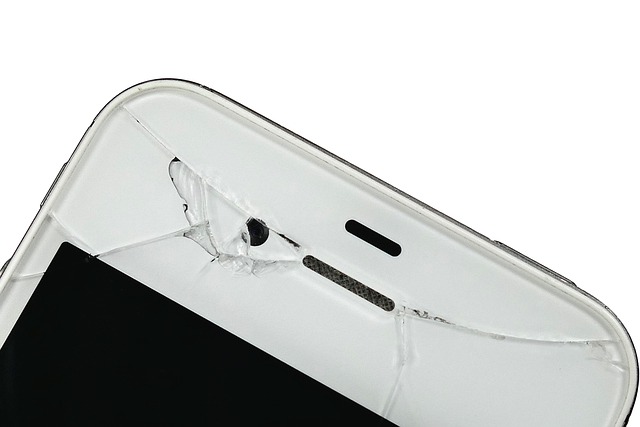
Ensuring Safety and Satisfaction: Best Practices for Post-Repair Inspection of Door Handle Replacements
After a door handle repair or replacement, thorough inspection is paramount to guarantee both safety and customer satisfaction. It’s not just about checking if the new handle functions; it involves evaluating the entire process from start to finish. Inspectors should verify that the removed old handle was properly disposed of, aligning with environmental best practices, especially in collision repair centers where vehicle bodywork often suffers significant damage.
Additionally, all replacement parts, including door handles, must be of high quality and fit seamlessly into the car body restoration process. This includes checking for proper alignment, smooth operation, and corrosion resistance. Post-repair inspections should also involve a visual assessment of the surrounding area to ensure there are no visible signs of misalignment or damage that could impact safety or aesthetics.
Door handle repair replacement plays a pivotal role in post-repair inspections, ensuring not only functional doors but also enhanced safety and customer satisfaction. By following the step-by-step process outlined and adopting best practices for inspection, professionals can guarantee that every door handle replacement is done correctly, creating a seamless and secure environment. This comprehensive approach to maintenance is key in preserving the integrity of buildings and fostering a sense of security for occupants.


